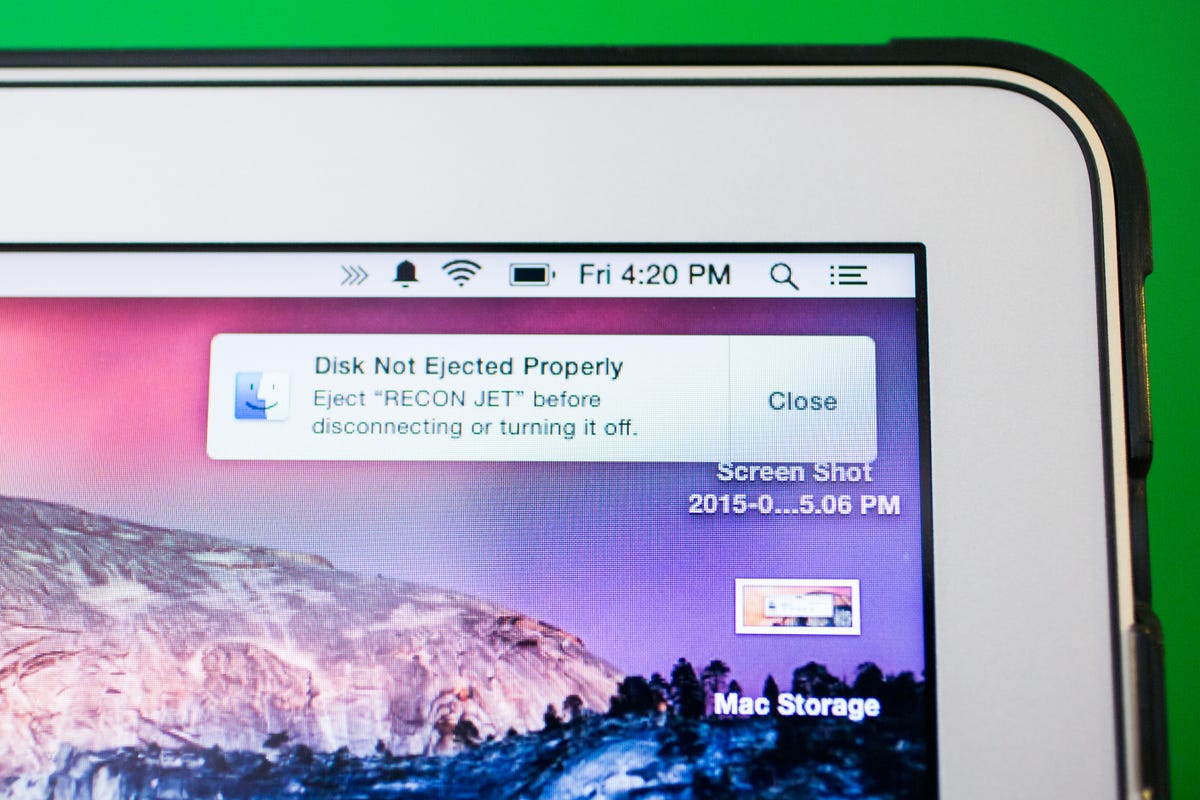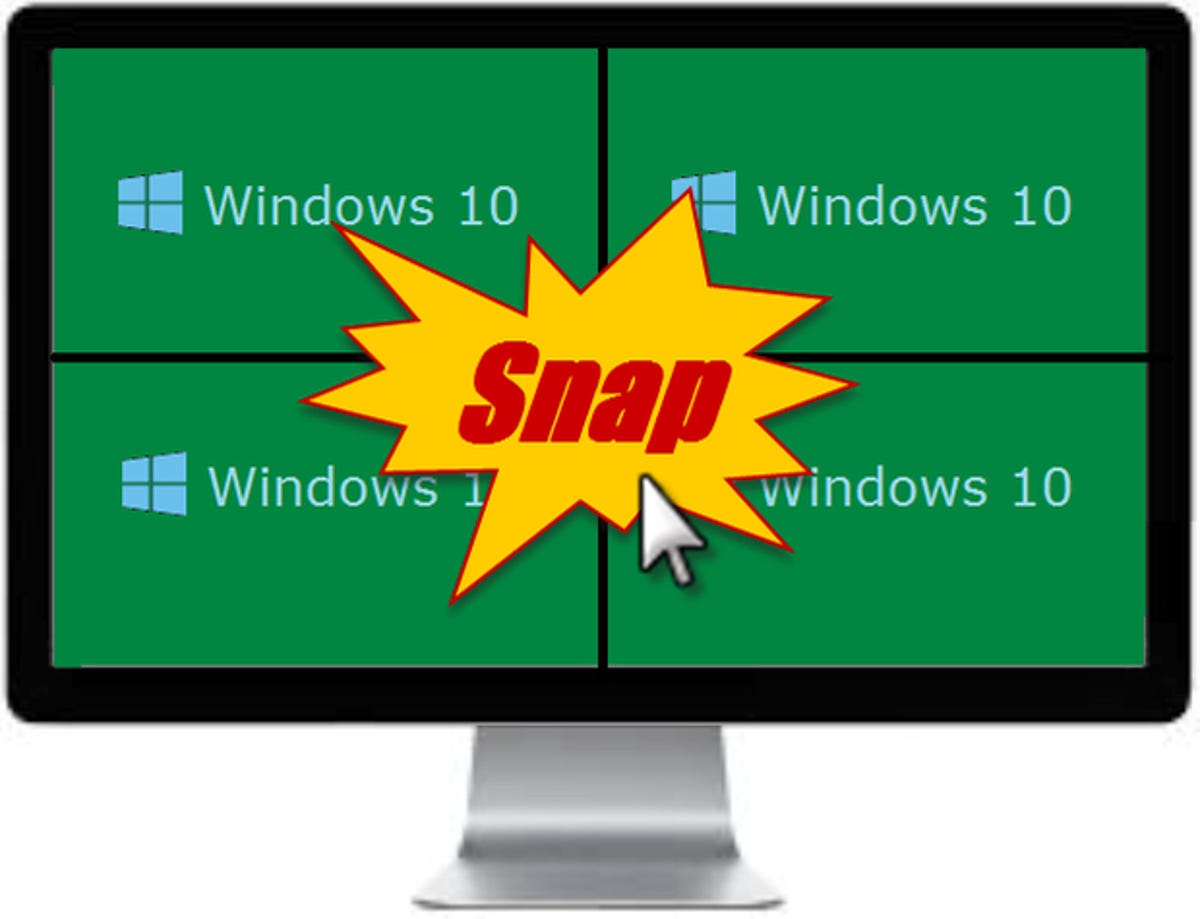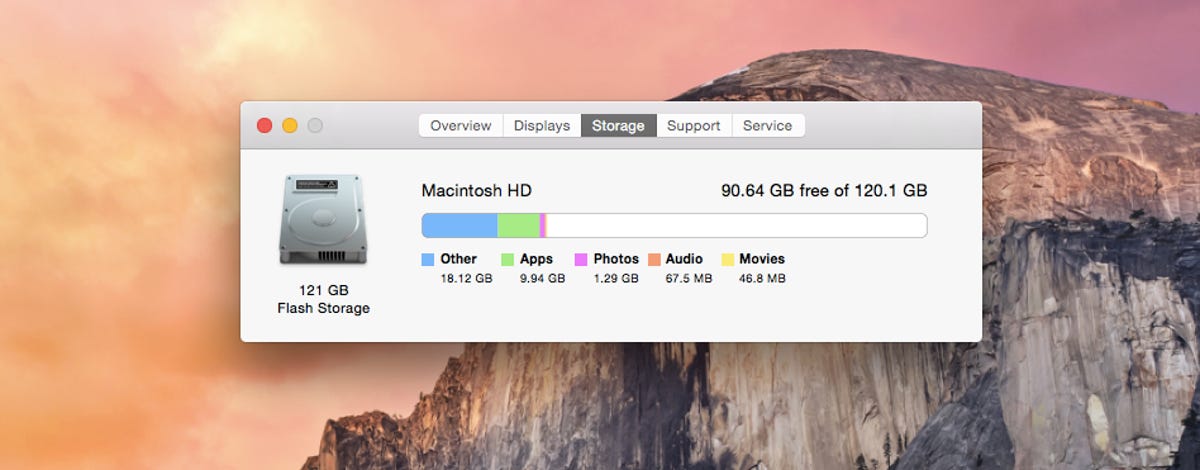This story is part of WWDC 2022, CNET’s complete coverage from and about Apple’s annual developers conference.
 Enlarge Image
Enlarge ImageSarah Tew/CNET
Over the years, Apple has turned its Mac OS into a sleek, powerful, user-friendly operating system that mostly gets better with each new iteration. Is it perfect? Not quite, but there isn’t too much to complain about. At least not angrily.
That said, some small annoyances remain. And with that in mind, here’s a look at a few things we think could be improved. Vote for the one that’s at the top of your list or feel free to add your own gripe and suggested improvements in the comments section.
With any luck, Apple will address some of these gripes during the company’s Worldwide Developers Conference keynote tomorrow at 10 a.m. PT. (CNET will have complete live coverage.)
In addition to Mac improvements, updates to iOS and Apple’s Beats music service are expected.
Smarter support for plug-and-play USB storage
One of my small pain points when using a Mac is that I have to manually “eject” a USB thumbdrive every time I want to remove it from the computer. And sometimes I’ll hit the virtual eject button, wait a few seconds, then pull the drive out, and still get a message warning me that I may have done a bad thing. A few times in the past my computer actually froze up on me as punishment.
Lifehacker has a good article explaining why it’s a good idea to “eject” your drive — and the technology behind the issue (it has to do with “write caching”) — but I still want to be able to rip a thumbdrive out of my computer without delay or worry.
Windows computers are more forgiving on this front, though there is a safe ejection option for those who want to take that extra precaution.
I have a feeling there’s no way for Apple to fix this, which is probably why it’s come up with a simple solution with its new superslim MacBook: remove all the USB ports.
Better window management
If you’re a Windows user, you probably know about a feature called Snap that allows that allows you to arrange open windows, including maximizing and resizing, just by dragging and dropping a window to different edges of the screen. This can come in handy, for example, when you want to quickly compare two documents side by side.
As our sister site TechRepublic wrote recently, Snap is getting some cool new features in Windows 10. For starters, you’ll be able “snap windows to the four corners and the two windows in a split-screen formation.”
Apps such as HyperDock, Divvy and Better Snap Tool bring Snap-like functionality to Mac OS X, but it’s a shame you have to buy an app to get it.


TechRepublic
Revamp the Mac App Store
I’ve downloaded hundreds of iOS apps (some of which I’ve bought) but I rarely ever download anything from the Mac Store (and most of those are free apps). There’s a lot for Apple to do here, including offering “universal” apps with iOS versions (buy one, get support on Mac, iPad, iPhone), offer more reasonable pricing, as well as a path from “trial to full version” option, and removing onerous developer restrictions.
Complete software uninstalls
Uninstalling software on the Mac is easy. You just remove the app from the applications folder and you’re done. The only problem: you may not quite remove everything. You can end up leaving preferences and support files on your computer. Although they shouldn’t harm your system, in some cases they may cause some problems when trying to reinstall certain software, particularly if the original program somehow got corrupted.
Cult of Mac has a good article about how to completely uninstall software under Mac OS X, but the process is a bit tedious.

 Enlarge Image
Enlarge ImageScreenshot by David Carnoy/CNET
No more mysteriously disappearing disk space
Have you every looked at what’s taking up space on your Mac’s internal drive and wondered how a big chunk of gigabytes are being used by a bunch of mysterious “other” files? A lot of times these are backups of your iPhone, iPad or iPod, and sometimes multiple backups. Whatever it is, the “other” category on your drive shouldn’t be such a mystery and Apple needs to do a better job of helping you manage your disc space, which it does with iOS.




